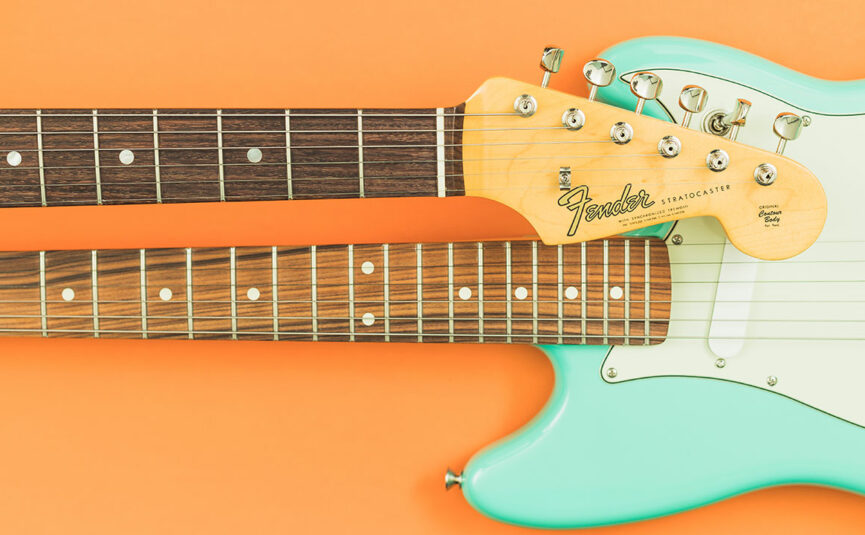Tonewoods, and the fretboards that they comprise, are an integral element to guitar design that is often overlooked. From first time buyers concerned with aesthetic difference, to blues-rock Daddy O’s caught in the puritanical search for the perfect tone, fret boards are a central component to consider when finding the right guitar for you.
Guitar craftsmanship is a concise and meticulous artform, moulding organic material into beautiful instruments of design and sound. There are countless careful design choices that go into any guitar, and fretboards are an essential part of this process. The fretboard is the main point of contact to the guitar from a player as they play, so the look, feel, and sound are the main considerations. Today we will compare two tonewood mainstays of fingerboard materials: Pau Ferro and Rosewood.
Rosewood has long been the most common wood used to make fretboards, and for good reason. Rosewood boasts a warm sound that smooths over harsher frequencies for a rich, clear tone that will complement any guitar. Rosewood is also favoured for its durability and ease of use, as the makeup of the wood is naturally pleasing to play and decidedly low maintenance. Rosewood is a naturally dark grain, providing a beautiful aesthetic element to any piece.
When the supply of rosewood was limited in 2017 due to CITES legislation, guitar companies like Fender introduced Pau Ferro into the tonewood mix. Pau Ferro is a similar wood to rosewood, which made it a more than suitable replacement under these conditions. Although the limits on rosewood production have since been lifted, Pau Ferro has earned its place and has remained an important place in guitar fingerboard assemblage.
Pau Ferro has a tighter density than rosewood, meaning slightly less frequencies are absorbed into the fretboard. This results in a brighter, snappier tone, while still retaining the depth of rosewood designs. The feel of pau ferro is comparable to that of ebony, meaning an effortless, smooth playing experience. This wood also carries a brighter appearance with more variation in the grain, giving a unique and delightful visual element.
Today’s objective is not to suggest a superior material for fretboards. In our world of instruments and the sounds that they emit, personal preference reigns supreme. Rosewood has a storied history of versatility in sound, feel, and appearance, and is an excellent choice for players of any level. Pau Ferro provides a slightly brighter alternative with a fresh approach on aesthetics, boasting a similar reliability and ease of use that should see it continue to be used for decades to come. These two alternatives are variable, either will serve your musical journey to the highest extent. Here at World of Music, we implore you to try both to see what suits your sensibilities. Best wishes, good luck, and happy playing.
Check out our range of Guitars here at World of Music
Play on
-AK
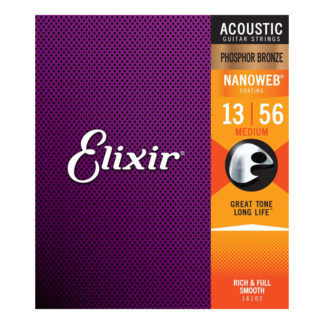 Elixir 13-56 Nanoweb Phosphor Bronze Acoustic Guitar Strings
1 × $29.95
Elixir 13-56 Nanoweb Phosphor Bronze Acoustic Guitar Strings
1 × $29.95 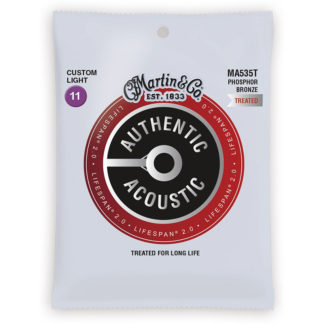 Martin Lifespan 11-52 SP Acoustic Guitar Strings Phosphor Bronze
1 × $25.95
Martin Lifespan 11-52 SP Acoustic Guitar Strings Phosphor Bronze
1 × $25.95 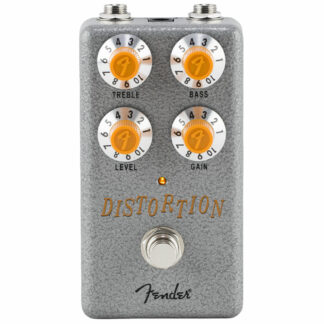 Fender Hammertone Distortion Pedal
1 × $129.00
Fender Hammertone Distortion Pedal
1 × $129.00 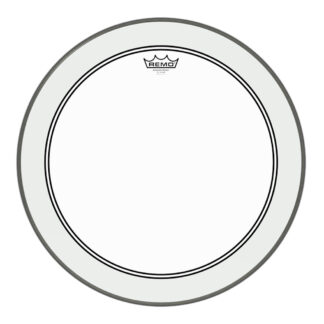 Remo Powerstroke P3 13" Clear Drumhead
1 × $37.95
Remo Powerstroke P3 13" Clear Drumhead
1 × $37.95 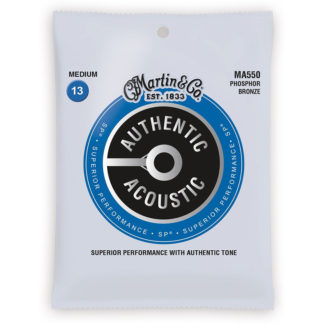 Martin 13-56 SP Acoustic Guitar Strings Phosphor Bronze
1 × $15.95
Martin 13-56 SP Acoustic Guitar Strings Phosphor Bronze
1 × $15.95 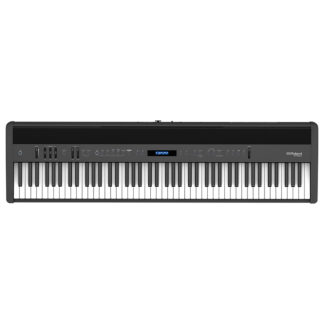 Roland FP-60X Black Digital Piano
1 × $1,899.00
Roland FP-60X Black Digital Piano
1 × $1,899.00 
